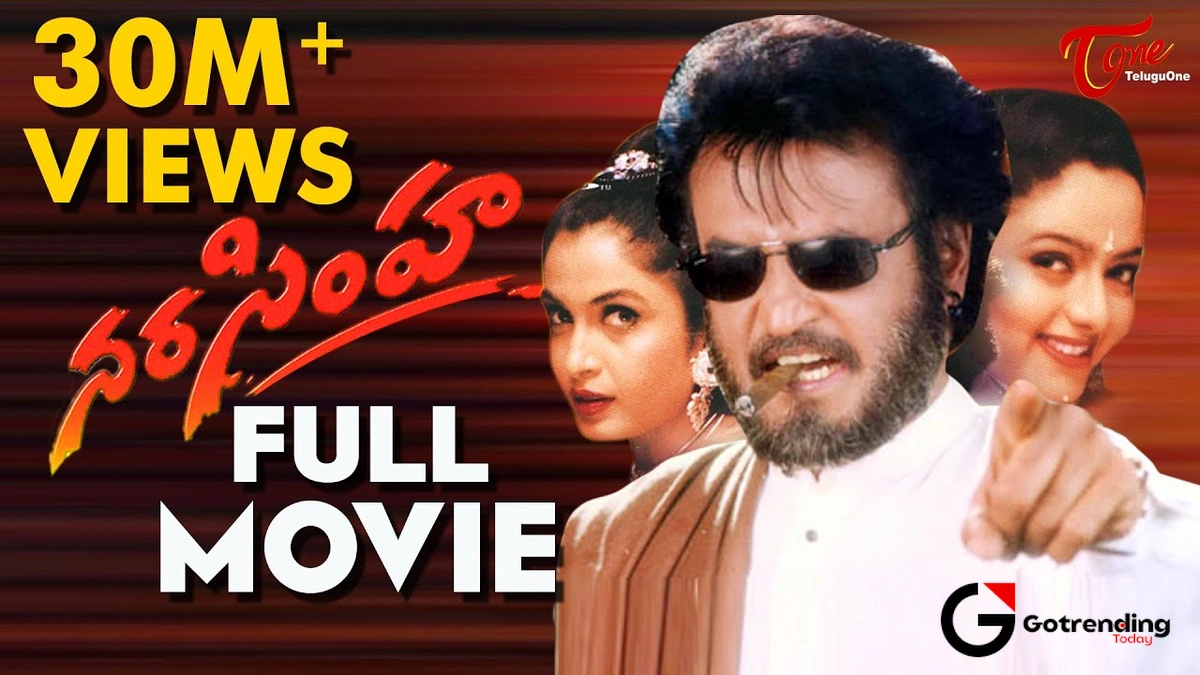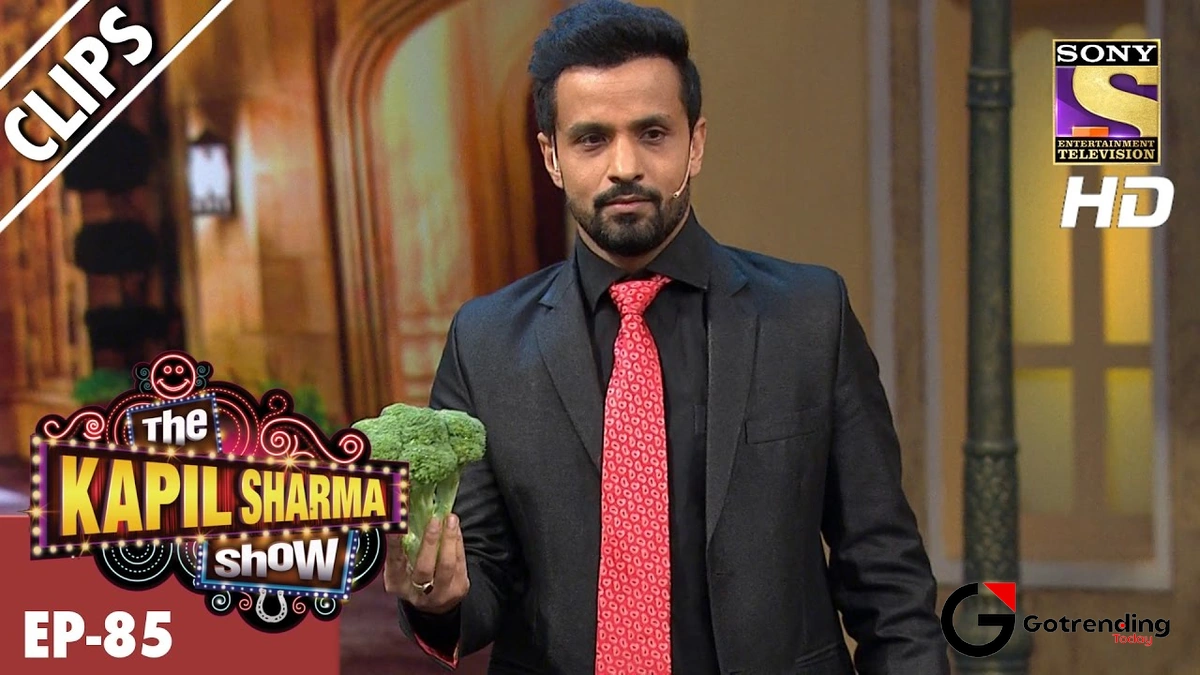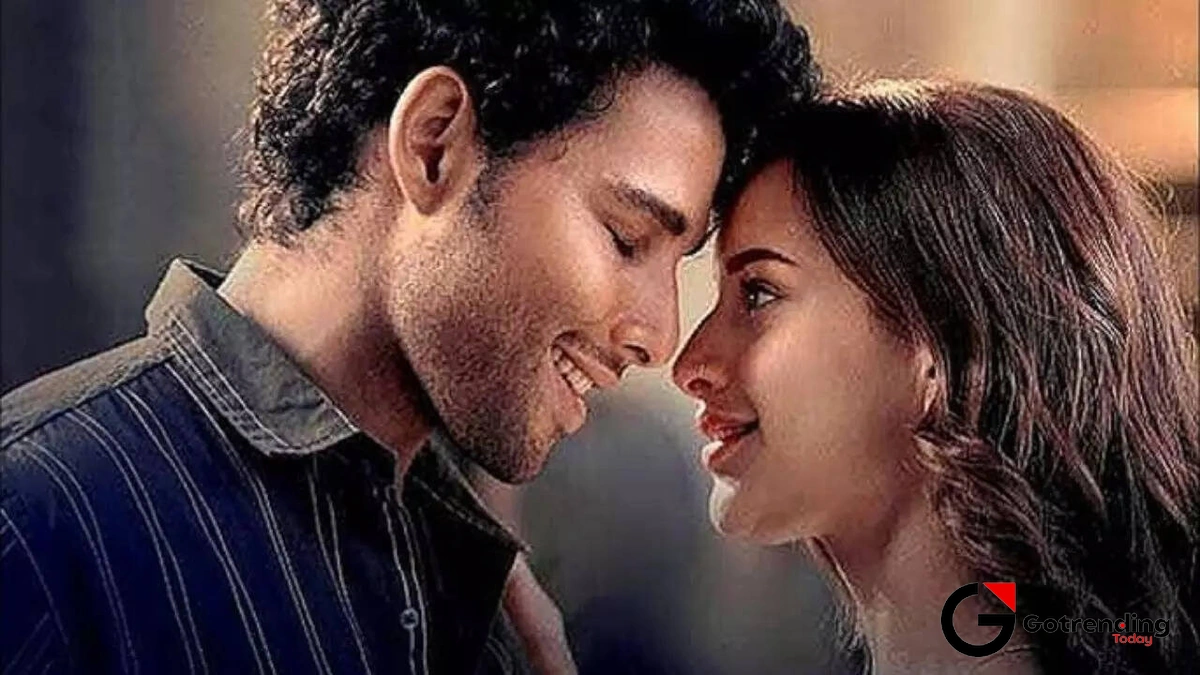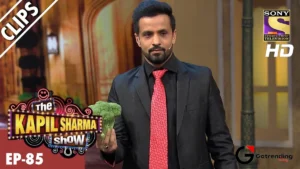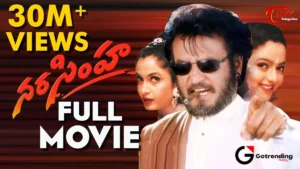The Narasimha Movie Wasn’t Just a Film. It Was an Event.
You can’t just talk about the narasimha movie . You have to feel it. I’m serious. It’s one of those films that’s less about the plot and more about the electricity in the air, the collective gasp in the theatre, the way a single dialogue could make thousands of people roar in unison. It’s been over two decades, and yet, the memory of it feels so incredibly vivid. It wasn’t just something you watched on a weekend. It was a cultural moment, a benchmark against which so many other “mass” films would be judged for years to come.
I remember the sheer buzz. The posters. The music cassettes (remember those?) being sold at every street corner. This wasn’t just a movie release; it was a festival. And at the center of it all was one man: Rajinikanth. But even calling it just a rajinikanth narasimha vehicle feels… incomplete. Actually, that’s not quite right. It was the absolute peak of his stardom, for sure, but the film’s power came from something more. A perfect storm of elements that have rarely come together so perfectly since.
But wait, before we go any further, we need to clear something up.
The Elephant in the Room | Is it Narasimha or Padayappa?
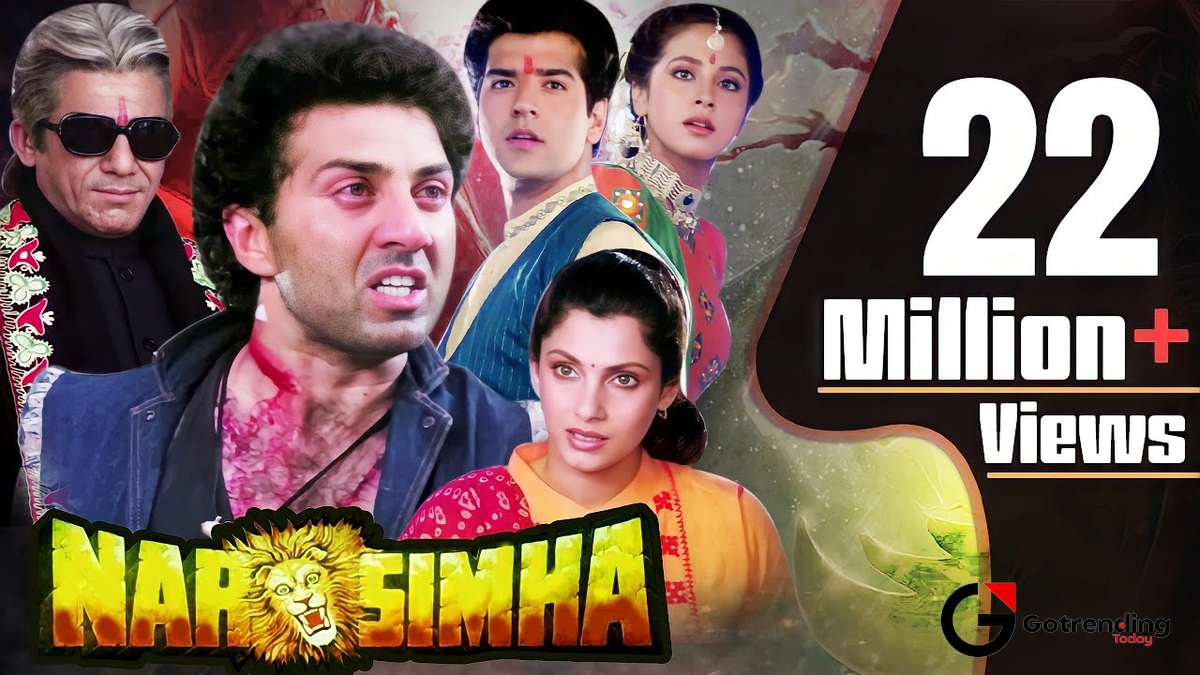
Here’s the thing. If you’re reading this from Tamil Nadu, you’re probably scratching your head. You know this film as Padayappa . And you’re right. The original, the OG, the absolute masterpiece directed by K.S. Ravikumar, is the 1999 Tamil film Padayappa . The narasimha movie is its equally thunderous Telugu-dubbed version that took Andhra Pradesh and Telangana by storm.
So, yes. They are the same film. Same story, same iconic scenes, same mind-blowing performances. Just a different name for a different audience. For the sake of clarity, I might use the names interchangeably, but know that we’re talking about that singular, earth-shattering cinematic experience. It’s a crucial distinction because it speaks to the film’s universal appeal it didn’t matter what language you heard it in; the raw emotion and charisma punched right through. It’s like how some action heroes transcend borders, much like the unexpected career of a certain accidental action hero from Ireland became a global phenomenon.
More Than a Hero—The Unstoppable Force of Thalaivar
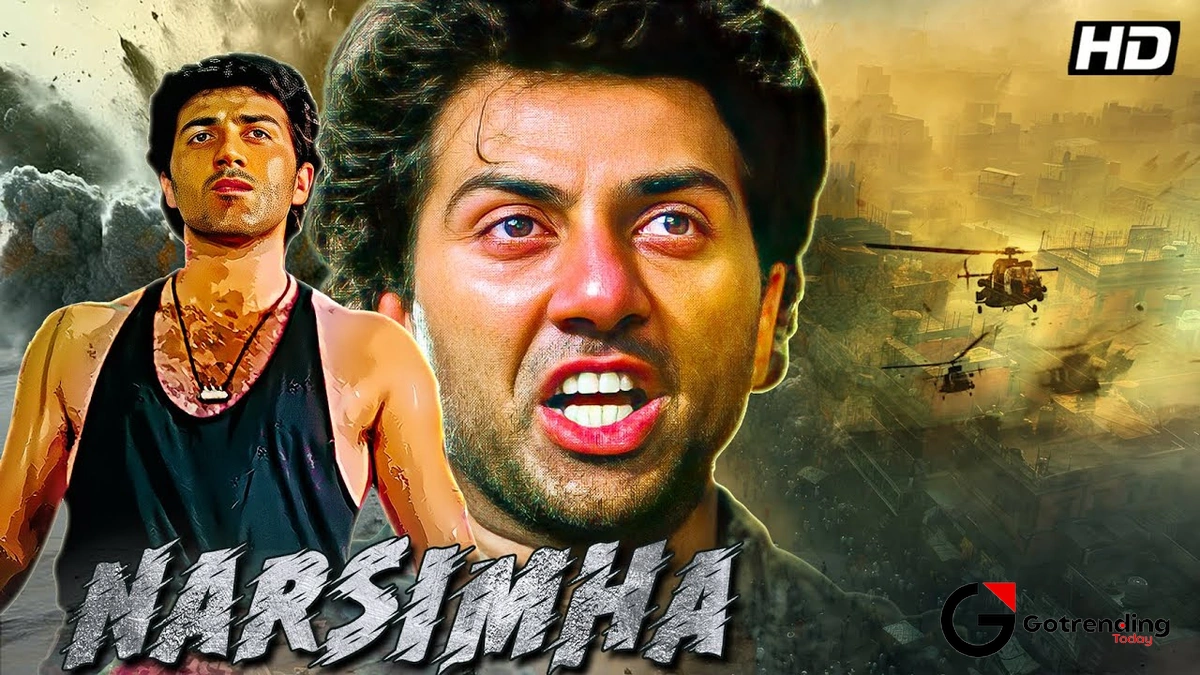
Let’s talk about Rajinikanth as Padayappa (or Narasimha). This wasn’t just a role. It was an archetype. The film opens with him as an old man, and then flashes back to his youth, and the sheer energy shift is palpable. The swagger. That iconic scene where he sits on the swing. The dialogue, “En vazhi, thani vazhi” (My way is a unique way), isn’t just a line; it’s a life philosophy for millions of his fans.
What makes it so special is that his power in the film isn’t just physical. It’s rooted in righteousness, family values, and a quiet dignity. He’s powerful, yes, but he’s also forgiving. He’s a force of nature, but his greatest strength is his restraint. This duality is what elevates the character beyond a simple action hero. He’s the patriarch everyone wishes they had wise, strong, and unshakeable. It’s a performance that cemented his “Thalaivar” (Leader) status not just on screen, but in the hearts of the public.
But the Real Star? The Unforgettable Power of Neelambari
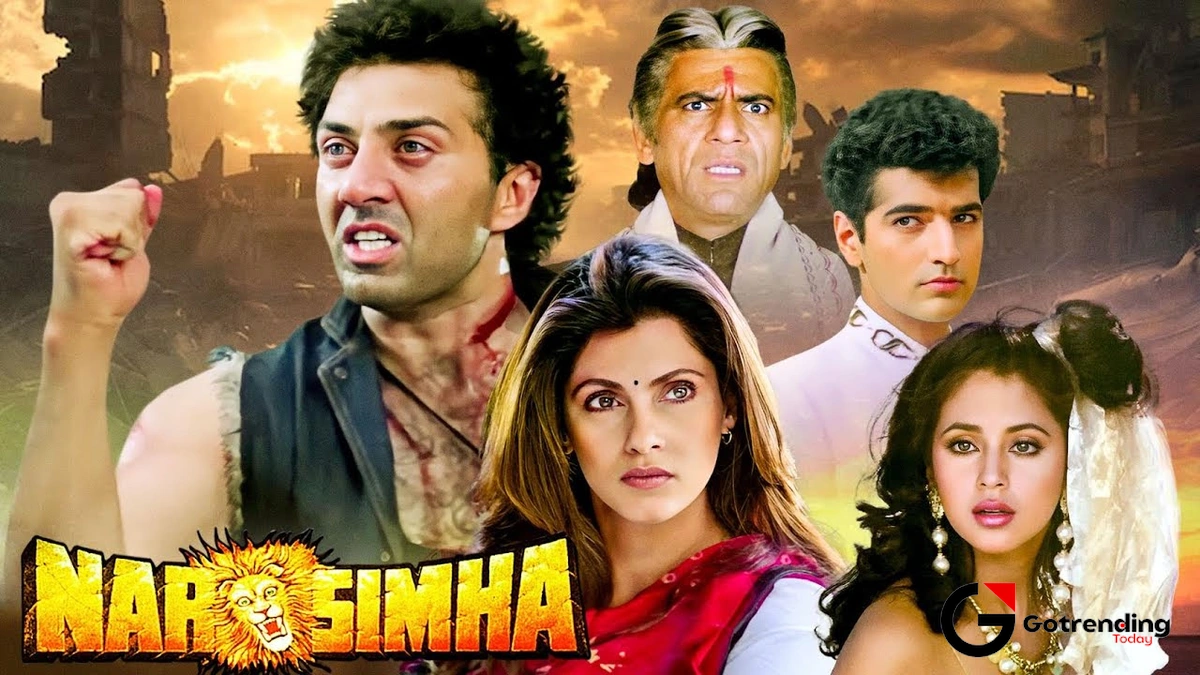
I’m going to make a bold statement. As incredible as Rajinikanth was, the single most powerful, revolutionary, and unforgettable part of the narasimha movie is its villain. Ramya Krishnan as Neelambari.
Wow. Just, wow.
Even today, her performance sends shivers down my spine. In an era where female villains were often one-dimensional vamps, Neelambari was something else entirely. She was intelligent. Proud. Educated abroad. Her arrogance wasn’t just for show; it was born from a deep-seated sense of superiority. And her obsession with Padayappa wasn’t simple love or lust; it was a battle of egos. She couldn’t stand that a man she deemed beneath her dared to reject her. The entire narrative hinges on this incredible conflict.
The narasimha movie villain wasn’t just an obstacle for the hero to overcome; she was his equal. A dark mirror. Every single scene she’s in, she commands the screen, matching Rajinikanth’s formidable presence with her own fiery intensity. Think about that confrontation scene on the stairs. It’s a masterclass in dialogue, tension, and performance. She is, without a doubt, one of the greatest antagonists in the history of Indian cinema. Period.
The Soundtrack That Became a Global Vibe
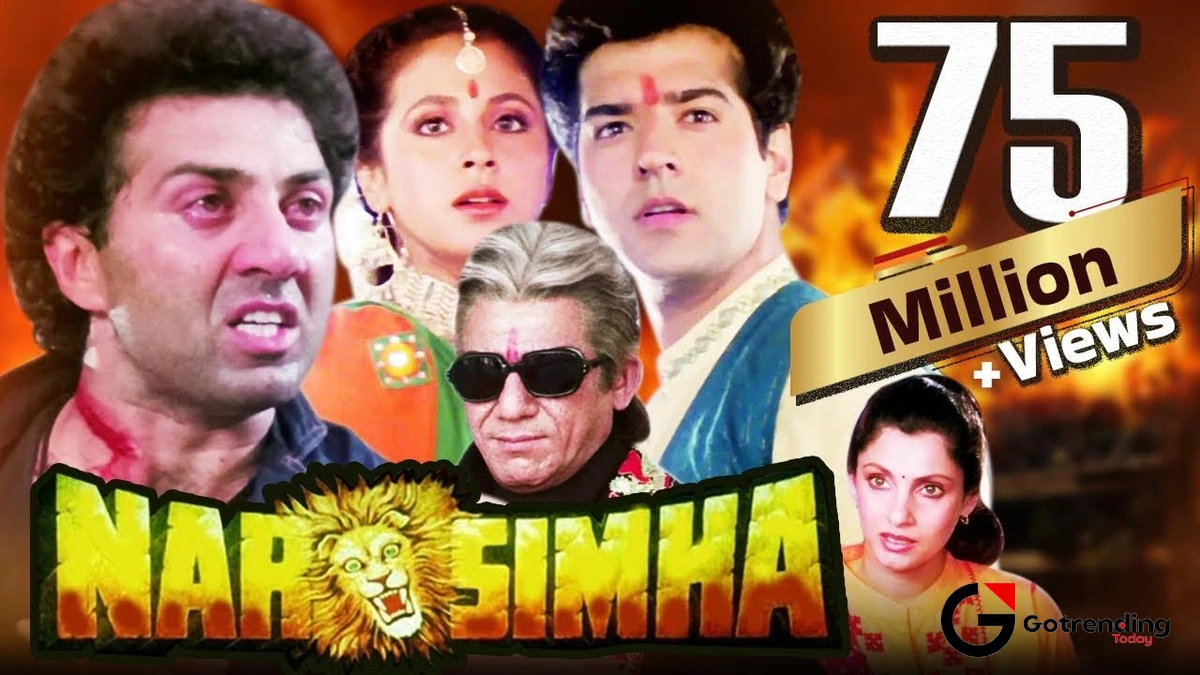
You can’t discuss this film without humming the music. A.R. Rahman was on another planet when he composed this soundtrack. The title track’s BGM is pure adrenaline. But the standout, the song that transcended the film itself, is “Minsara Kanna.” It’s a perfect blend of melody, energy, and stunning visuals. It’s a love song that’s also a challenge, a dance number that’s also a declaration of intent.
Each song in the narasimha movie songs list tells a part of the story, from the celebratory “Kikku Yerudhey” to the soulful “Suthi Suthi.” The music wasn’t just background noise; it was woven into the film’s DNA. It set the mood, amplified the emotions, and gave the entire experience a larger-than-life quality. It’s the kind of album you can still play today and feel every bit of the excitement, a stark contrast to the fleeting trends we see in entertainment now, where something like an online game can dominate the conversation for a season. Remember when everyone wanted to play pubg mobile and nothing else mattered? This film’s soundtrack has that kind of staying power, but for decades.
So, why do we keep coming back to the narasimha movie ? I think it’s because it’s pure, unapologetic cinema. It’s a family drama wrapped in an action film, with a legendary hero, an even more legendary villain, and a story that champions dignity and self-respect. It’s lightning in a bottle. A film that didn’t just entertain; it defined an era.
Frequently Asked Questions About the Narasimha Movie
What is the main story of the Narasimha movie?
At its heart, the narasimha movie story is about Padayappa (Narasimha), a principled and respected man whose family loses its fortune due to his father’s trusting nature. The story follows his journey of rebuilding his life and family honor, all while dealing with a monumental feud sparked by the arrogant and vengeful Neelambari, a woman from a rival family who can’t forgive him for rejecting her.
Why is the villain in Narasimha so famous?
The narasimha movie villain , Neelambari, is iconic because she was a groundbreaking character. Played by Ramya Krishnan, she was not a typical female antagonist. She was intelligent, powerful, and driven by ego and pride rather than simple greed. She was a worthy and formidable opponent to the hero, making their conflict legendary and far more compelling than a standard hero-villain fight.
Is Narasimha the same movie as Padayappa?
Yes, they are the same film. Padayappa is the original 1999 Tamil movie. Narasimha is the name of the Telugu-dubbed version that was released for the audience in Andhra Pradesh and Telangana. It’s the exact same film, just with the dialogue dubbed into Telugu.
Who was in the main narasimha movie cast?
The main narasimha movie cast is led by Rajinikanth as the titular character. The late Sivaji Ganesan played his father in a powerful role. Soundarya played Vasundhara, the female lead, and the incredible Ramya Krishnan played the unforgettable antagonist, Neelambari.
Is the Narasimha movie worth watching today?
Absolutely. It’s more than just a nostalgia trip. It’s a masterclass in how to make a “masala” film with a strong emotional core. The performances, especially from Rajinikanth and Ramya Krishnan, are timeless, and the story about family, honor, and ego still resonates powerfully today.
